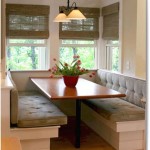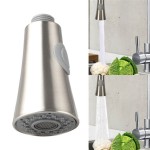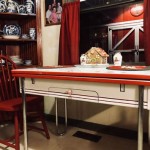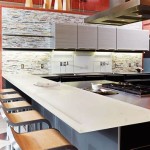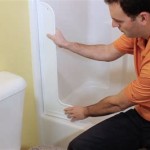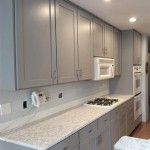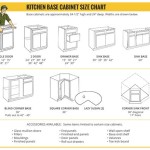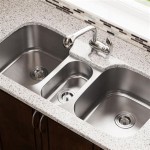Creating a handicap accessible kitchen is vital for any home or restaurant that wants to make sure all guests have access to an enjoyable dining experience. The right design and layout of the kitchen can make it easier for individuals with disabilities to use the space safely and comfortably. In this article, we’ll take a look at some of the key considerations when designing a handicap accessible kitchen, from the layout and appliances to seating and accessibility features.
Layout and Appliances
When designing a handicap accessible kitchen, it’s important to keep in mind the needs of individuals with disabilities. For instance, the layout should be designed so that individuals in wheelchairs can easily move around the kitchen without any obstacles. Appliances should also be chosen with accessibility in mind, such as microwaves that are mounted at a height that is easy to reach for those in wheelchairs. Additionally, it’s important to make sure that the kitchen is equipped with enough countertop space so that individuals in wheelchairs can comfortably prepare meals or do other tasks.
Seating
Having the right furniture and seating in the kitchen can make a huge difference for individuals with disabilities. For instance, the kitchen should include a table that is low enough for individuals in wheelchairs to use. Additionally, it’s important to make sure the chairs are adjustable so that they can be raised or lowered as needed. Finally, it’s important to make sure the chairs and tables are sturdy enough to support an individual’s weight.
Accessibility Features
In addition to the layout and appliances, it’s important to make sure the kitchen is equipped with the right accessibility features. For instance, the kitchen should be equipped with non-slip flooring to help prevent falls. Additionally, it’s important to make sure the kitchen has enough lighting to help individuals with vision impairments see. Finally, it’s important to make sure the kitchen is equipped with grab bars near the sink and countertops so that individuals can safely transfer from one area to the other.
Conclusion
Creating a handicap accessible kitchen is an important part of making sure all individuals can use the space safely and comfortably. It’s important to take into account the layout and appliances, as well as the seating and accessibility features. With the right design, you can ensure that all individuals have access to an enjoyable dining experience.















Related Posts

